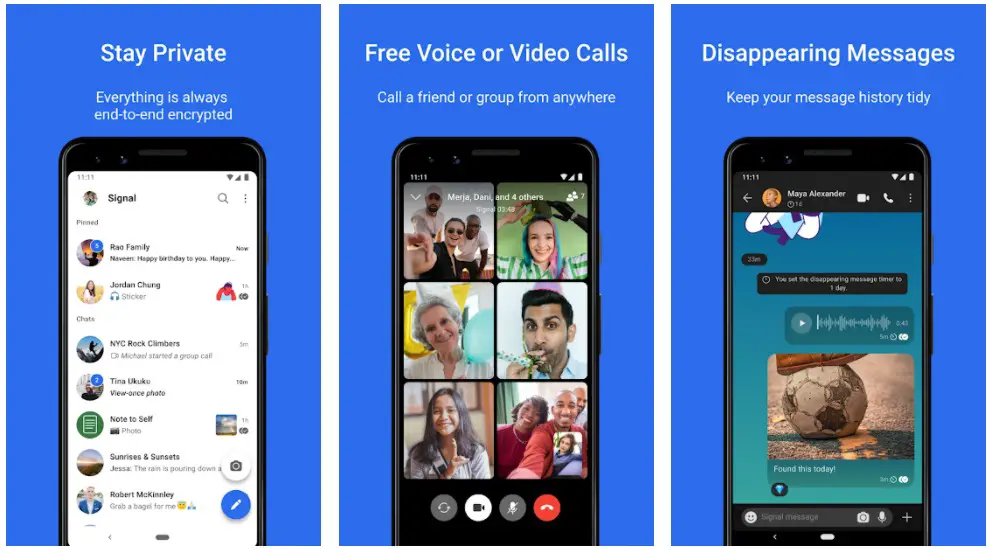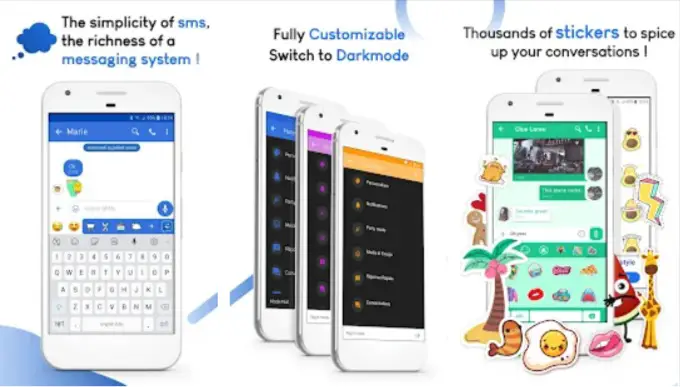

Secondly, the nighttime clock is nice in theory, but it has no way of sensing when you go to bed, so you have to choose a specific time for it to activate. On top of that, Samsung has gotten rid of one of Android's cooler features: album art that covers the lockscreen when listening to music. But on the Galaxy S6, notifications require a single tap and then a swipe anywhere on the screen, or you can tap a notification and pull down, and then tap it again.Įither way, lockscreen notifications are a bit more annoying to access. On the HTC One M9, notifications require a single tap. In stock Android, notifications require a double tap to unlock. Notifications will show on your lockscreen as normal in Lollipop, but the method for accessing them has been made pretty awkward. However, the buttons are pretty small and you can easily miss, causing you to unlock the phone regularly. Tap on the phone icon in the bottom left or the camera icon in the bottom right and drag to unlock one of those apps. You can even take a photo by pressing your finger against the heart rate scanner on the back of the phone.īy default, you can unlock the lock screen by swiping anywhere on the screen, which will be accompanied by a bubble effect (though there are a couple other effects to choose from in the settings). It also has a beauty mode for smoothing out imperfections, tons of effects, and HDR. It's wide-angle, so you're sure to get everyone in your shot, but if you can't, it has a wide-angle shooting mode that takes multiple pictures as you swivel the phone and stitches them together for an extra wide-angle selfie. The 5MP front-facing camera is similarly impressive. The Quick Launch feature also allows you to launch the camera by quickly pressing the home key twice - even if the phone's screen is off - which allows for super fast access to the camera. In all modes, you have access to voice controls and can take pictures, record video, or zoom using the volume buttons.

Best free text messaging app for samsung galaxy s6 1080p#
When shooting in regular 1080p video or lower quality, you have access to subject-tracking autofocus, video stabilisation, HDR, video effects, and the ability to take photos while recording. Additionally, the rear camera can shoot up to 4K (3840px x 2160px) video as well as 60fps 1080p video.


 0 kommentar(er)
0 kommentar(er)
